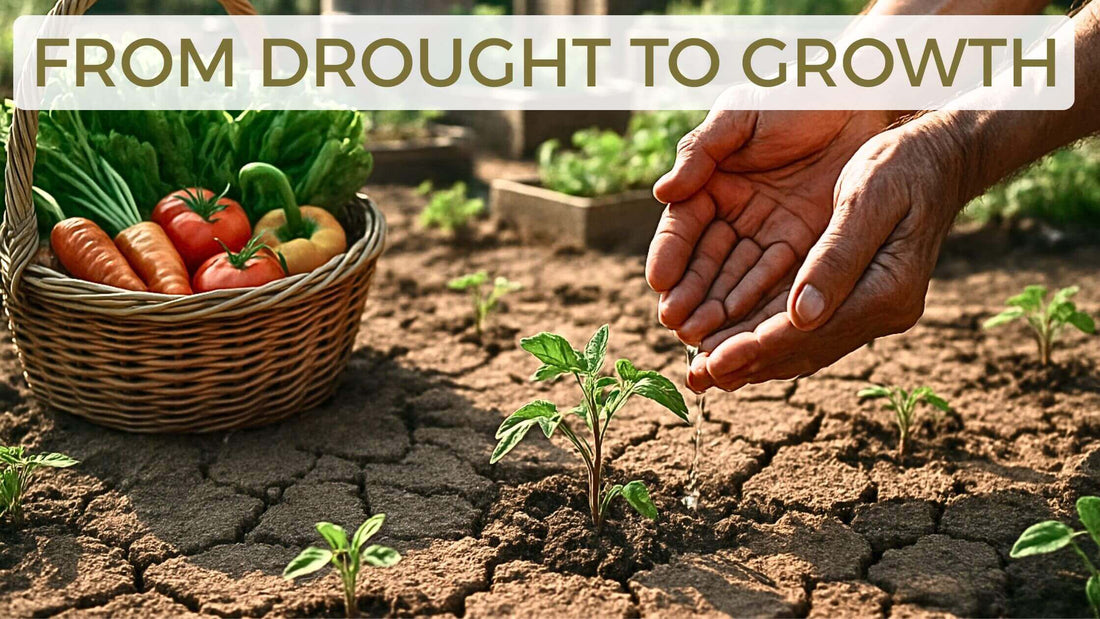When I first started gardening for survival, I quickly learned that seeds are little miracles waiting for the right moment to wake up. But what happens when that moment is clouded by drought, poor soil, or not enough sunshine? It’s frustrating! And that’s why I want to share some tried-and-true tips that have helped me—and countless readers—get those seeds sprouting strong even in less-than-perfect situations.
Why Germination Matters More in Tough Times
Germination is the first step toward food security, and when resources are tight, every seed counts. Whether you’re prepping for emergencies, gardening in a small urban space, or dealing with unpredictable weather, understanding what seeds need and how to give them a little extra help makes all the difference.
Seed Needs in a Nutshell
Seeds need three things to germinate: moisture, warmth, and air. When one of these is missing or unreliable, germination slows or fails. Luckily, there are smart strategies to work around these challenges—strategies based on patience, observation, and making the most of what you have.
Learn more about nurturing plants from seed with the help of beneficial Healthy Soil Microbes which enhance germination success and plant vigor.
Get a Head Start—Pre-Germination Techniques
I love seed priming because it’s like giving your seeds a cup of coffee to wake them up gently. Soak them just until they swell, then plant before they germinate. If you’re working with hard-coated seeds, gentle scarification with sandpaper or a knife lets water seep in and speeds things up.
For seeds that need a cold spell to wake, pop them in the fridge wrapped in a damp towel—a simple trick called stratification that mimics winter. And I never skip soaking my seeds in homemade willow water—a natural growth booster packed with hormones and antifungal goodies.
If you want to dive deeper into saving seeds and improving their quality for long-term use, our blog on Survival Seed Saving: Avoid Cross-Pollination and Store Seeds Properly has excellent tips.
Saving Water and Stretching Resources
If you’re like me, conserving water is key. Use humidity tents made from old clear containers or even plastic bags to trap moisture around your seedlings. I also recommend trying out non-traditional germination media—things like crushed eggshells or coconut coir can hold moisture beautifully without soil.
For nutrients, kitchen scraps brewed into compost tea give seedlings a gentle boost without fancy fertilizers. Low light? Don’t worry—a reflective surface or grow mats can help your babies photosynthesize better in shady spots.
Discover how to maximize your food supply with limited resources in our post on Start a Money-Making Survival Garden at Home
Create a Mini Oasis for Your Seedlings
Did you know you can create microclimates at home to protect your sprouts? Place rocks or water-filled containers nearby to stabilize temperature swings. Build simple wind barriers from scrap wood. Use reflective mulches or DIY cloches to keep humidity high. These little tricks create safe zones where your seedlings can thrive.
For additional ideas on microclimate gardening, see Survival Seed Hack: Grow Food Anywhere - Even in Impossible Places
When Things Get Really Tight
Sometimes, soil or water isn’t available at all. I’ve had success germinating seeds on damp paper towels inside sealed containers—a handy indoor method. Add battery-powered or solar LED lights if you have them. Not only can sprouts supplement your diet in emergencies, but the act of nurturing life brings hope when times are tough.
Seed Selection and Storage Tips
Choose heirloom seeds with a track record of germinating under stress; they’re often more reliable than hybrids in survival situations. Store your seeds in airtight containers with desiccants in cool, dry places. Don’t forget to test your seeds yearly—better to know what you have before you need it.
Our Ultimate Heirloom Seed Vault offers a curated selection of seeds chosen specifically for survival gardening reliability.
Troubleshooting and Encouragement
Mold or seed rot can strike, but good airflow and moderate watering keep problems at bay. If sprouts fail, try again, adjusting as you learn. Gardening in adversity requires flexibility—and a little faith.
Avoid common pitfalls with insights from our post on Common Gardening Mistakes for New Survivalists
Your Garden, Your Lifeline
In uncertain times, your garden is more than a hobby—it’s a lifeline. These germination techniques empower you to make the most of limited water and resources so you can build reliable food sources. Keep experimenting, learning, and adapting. Your survival depends on your perseverance.

